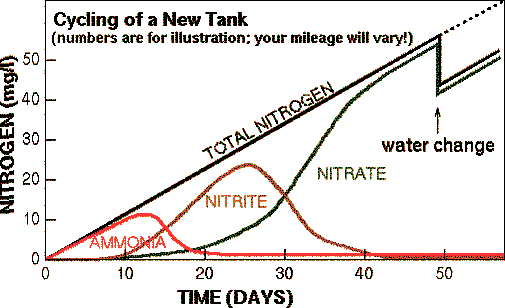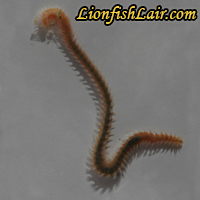- Joined
- Feb 20, 2016
- Messages
- 181
- Reaction score
- 101
Hello I'm new to saltwater tanks I have a bio cube 29, 20 lbs live sand, 11 lbs live rock. This is just day three of the tank being up and running I also got the salt water from the store right out of their tank my question is I've tested the water the nitrate, nitrite, and ammonia all read 0 the ph reads 8 my hydrometer is reading 1.025. Are these readings good




















